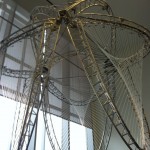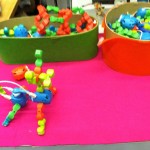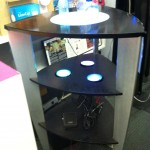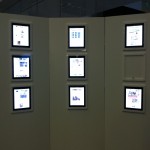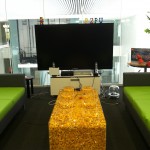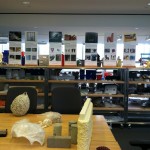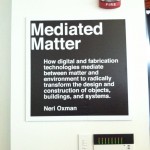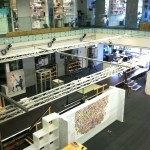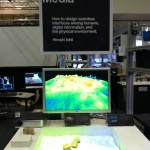 Not many people can say that they’ve stepped foot inside the MIT Media Lab in Cambridge, Massachusetts. But for our graduate class of sixteen, last Friday, this was a rare privilege.
Not many people can say that they’ve stepped foot inside the MIT Media Lab in Cambridge, Massachusetts. But for our graduate class of sixteen, last Friday, this was a rare privilege.
For those of you who aren’t familiar with the MIT Media Lab, it’s an interdisciplinary research laboratory up near Boston (a.k.a. college town, where the average person’s age is 21 years old). The lab is like a real-world Willy Wonka’s Factory—a magical place where all sorts of experiments are conducted, with the aim of reinventing our future. Unlike other science laboratories, researchers are given full rein to explore what fascinates them, and their projects, sitting in intersection of technology, multimedia and design, are as outrageous as these scientists can imagine them to be. Students and researchers come from all sorts of backgrounds and fields: engineering, computer science, physics, education, music, and more.
Inside the laboratory’s clean white spaces with top-to-bottom glass walls, you will find a biomechatronics group that makes bionic limbs for amputees. You’ll meet researchers who have coded a bot to crawl the Internet and develop an algorithm that can artificially simulate the process by which humans learn language. You’ll sit through a demonstration of the work of a scientist who has outfitted the entire building with sensors, letting workers stroll into their rooms and have the lights automatically turn on and the temperature regulated according to their preference. The building also tracks staff members’ movements so that when, for instance, an individual approaches an interactive display in the lobby, it flashes their identity on the screen. It can even trace the movement of crowds throughout time, so a researcher can figure out when a large event has taken place. The lab plays host to numerous other secret projects that look towards how we can integrate tech into our future.
If there’s one place to make you rue the day you chose your career path and make you wish earnestly that you could be a scientist instead, this may be the one.
On the other hand, our trip to the MIT Media Lab served as plain reminder to me about everything I love covering in my field: the marriage of science and technology giving rise to innovation, innovation changing the lives of people, and this change being driven by clever folks letting their imaginations run loose.
If I can’t be a scientist, there is nothing else I would rather be than the journalist who writes about science. It doesn’t seem like a bad route to me at all.


